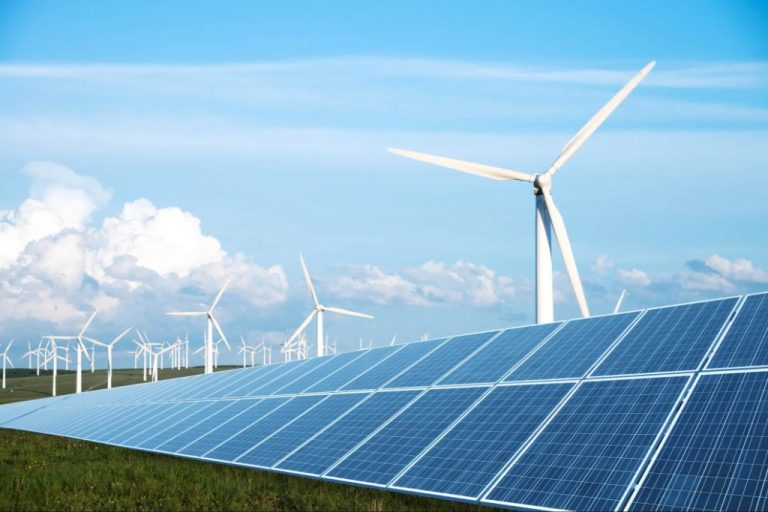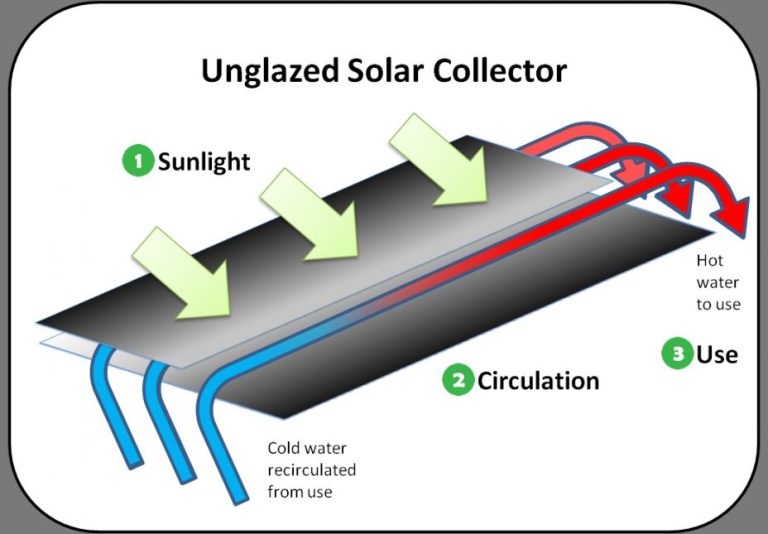Are Humans Just Energy?

The question “Are humans just energy?” touches on some of the deepest mysteries of our existence. At its core, it asks what we as human beings ultimately are. Are we simply physical bodies powered by biochemical processes? Or are we, at our essence, beings of energy engaged in a temporary physical experience? Views range widely on this fascinating subject, from the mechanistic perspectives of physics and biology to the mystical insights of ancient wisdom traditions.
This age-old question has gained new relevance and urgency today. Advances in theoretical physics suggest that all matter and energy are fundamentally interconvertible and unified. Meanwhile, spiritual teachers and New Age thinkers propose that we are energetic or spiritual beings inhabiting physical forms. Understanding the implications of these perspectives is key to understanding our nature and relationship to the cosmos.
By reviewing insights from diverse fields, we can gain a fuller perspective on what it means to ask whether humans are just energy. This journey promises to be enlightening, challenging preconceived notions and expanding horizons. Let us approach with open minds and discover where the inquiry leads.
Theoretical Physics Perspective
According to quantum physics, all matter exhibits both wave and particle properties. This concept is known as wave-particle duality and was proposed in 1924 by Louis de Broglie. De Broglie hypothesized that just as light exhibits both wave and particle properties, all matter also has an associated wavelength. This means that even objects as large as humans behave like waves in addition to behaving like particles.
The wavelength of matter is inversely proportional to its momentum. So the faster a particle moves, the shorter its wavelength. Since macroscopic objects like humans have very short wavelengths, we do not normally observe wave behavior at a macroscopic level. However, scientists have experimentally proven the wave nature of larger particles through observations of electron diffraction and neutron diffraction.
This wave-particle duality means that all matter can be viewed as condensed energy. The mass of a particle represents the quanta of energy condensed in its frame. So in essence, matter is just another manifestation of energy. See: https://en.wikipedia.org/wiki/Wave%E2%80%93particle_duality
Therefore, from a physics perspective, it can be said that humans are energetic beings – we are made up of particles that exhibit wavelike properties and mass-energy equivalence according to Einstein’s famous formula E=mc^2.
Spiritual Perspectives
Many spiritual and religious traditions espouse the view that humans are fundamentally energetic or spiritual beings. For example, in Hinduism and other Eastern religions, there is a concept of “prana” or “chi,” a universal life force or energy that flows through all living things. The spiritual goal is to unblock and balance the flow of prana within the body and energy field (Enhanced).
Likewise, the Chinese concept of qi or chi describes a vital force or energy that animates the body. Practices like Qigong and acupuncture are aimed at properly circulating qi through energy meridians in the body for health and wellbeing (Wikipedia). Many New Age and metaphysical beliefs also characterize humans as comprised of energy fields or subtle bodies, such as the mental, emotional, and spiritual bodies.
In Christianity, the Holy Spirit is sometimes described as a divine, energizing force or presence within believers. Other Abrahamic faiths like Islam and Judaism also reference notions of a soul, spirit, or divine spark within human beings, which connects us to a spiritual realm of energy and vibration not visible to the physical eyes.
Across these diverse perspectives, there is a shared view that human existence encompasses more than just the physical body—that we are spiritual creatures connected to a higher energetic reality. Our thoughts, emotions, intentions, and levels of consciousness can influence our energetic state or vibration, with implications for our health, vitality, and overall wellbeing (Mindvalley).
New Age Views
New Age spirituality embraces the concept that humans are spiritual beings of pure energy. According to New Age beliefs, people have an inner Divine nature that they can connect with through practices like meditation, yoga, and energy healing (Wikipedia). The ultimate goal is to raise one’s vibration and consciousness to transcend the ego and physical world, evolving into an enlightened spiritual being of boundless love and light.
New Age teacher Deepak Chopra describes human beings as “frozen light” and teaches that we are made of energy and information at our core. This energy manifests in physical form, but our essential nature is that of infinite potentiality and oneness with universal consciousness (The Challenge of the New Age).
The New Age perspective is that we are not simply our physical bodies but divine multidimensional beings of energy, with the power to create our reality through our thoughts, emotions, and intentions. By raising our vibration and consciousness, we can transcend illusion and suffering to experience enlightenment and reconnect with the cosmic divinity within. This is often referred to as the “New Age of Light,” where humans evolve into unlimited love, bliss, and harmony (Wikipedia).
Scientific Research
In recent years, there has been growing scientific interest in studying bioenergy fields and their potential impact on health. For example, one 2015 review published in the National Center for Biotechnology Information looked at biofield science and its history, theories, and applications (Rubik, 2015). The review summarized decades of studies providing evidence that bioenergy fields exist around living organisms, and that skilled healers can positively influence these fields.
Other studies have attempted to measure and characterize the human biofield using scientific instrumentation. Hunt (1995) used specialized equipment to detect radiant energy emitted from the hands of energy healers during healing sessions. His research detected unique energy frequencies and electromagnetic signals coming from the biofield. However, more research is still needed using rigorous experimental designs and standardized methods. Overall, the scientific community is still divided about the validity of bioenergy fields, with skeptics arguing more proof is needed before conclusions can be made.
While early findings show promise, additional high-quality studies on the nature and function of biofields in humans are required. Controlled trials are needed to demonstrate whether healing techniques can lead to measurable biological effects beyond placebo. But the available evidence provides an intriguing starting point for further exploration at the intersection of science and spirituality.
Sources:
Rubik, B. (2015). Biofield Science and Healing: History, Terminology, and Concepts. Global Advances in Health and Medicine, 4(Suppl), 8–14. https://doi.org/10.7453/gahmj.2015.038.suppl
Hunt, V. V. (1995). Bioenergy Fields Foundation presents the human energy field and health. https://www.worldcat.org/title/bioenergy-fields-foundation-presents-the-human-energy-field-and-health/oclc/35081820
Practical Applications
There are many practical applications and techniques related to the idea that humans are energy. Some people believe they can sense the energy field or aura around the human body through extrasensory perception. There are also various energy healing modalities that aim to harness and direct energy within the body to promote health and wellbeing.
According to the Locally Well article on energy healing modalities, some common techniques include:
- Reiki – a Japanese technique involving light touch or hands held over the body
- Acupuncture – inserting thin needles into energy meridians in the body
- Reflexology – massaging reflex points on the feet corresponding to organs
- Craniosacral therapy – gentle manipulation of the skull and spine
- Qi Gong – movement, meditation, and breathing exercises to enhance energy flow
According to IONS, other hands-on healing techniques include BodyTalk which involves light tapping on energy points. The goal of these modalities is to remove energy blockages, restore balance, and support overall wellness.
Criticisms and Controversies
Many skeptics and scientists view the idea that humans are purely energy as pseudoscience. They argue there is no credible scientific evidence to support this claim.
Physicist Victor Stenger stated that the concept of spiritual energy fields is “speculative and unfalsifiable.” He argued that no scientifically verifiable evidence has ever been found for the existence of such energy fields. Stenger criticized spiritual healers for taking advantage of vulnerable people by promoting pseudoscientific beliefs and practices (“Pokemon are energy beings” — What Does That Mean to YOU).
Skeptics note that many of the claims about human energy come from New Age sources that promote mystical or supernatural concepts. They view New Age theories about energy fields as unproven and unscientific. Many skeptics advocate for critical thinking and empirical evidence when evaluating claims about energy and human consciousness.
Additionally, some contend that the idea of humans as “just energy” reduces human life and experience. Philosopher Galen Strawson argues that such views negate the value of individual consciousness and tangible reality.
Philosophical Perspectives
Philosophers have long debated the nature of consciousness and whether it can be reduced to purely physical processes. The mind-body problem addresses the relationship between consciousness and the brain or physical body. Philosophers like Rene Descartes proposed a dualist view that the mind and body are distinct substances that causally interact, while others like John Searle argue for biological naturalism that consciousness arises from neurobiological processes. Some theories view consciousness as an emergent property and irreducible feature of complex systems like the brain. The extent to which consciousness transcends physical existence is an open question, with philosophers diverging on whether it represents fundamental energy or information in the universe. There are also debates around panpsychism, the view that consciousness is a universal feature of things. Overall, explaining human subjective experience through physical laws and processes remains a difficult explanatory gap within philosophy of mind theories. https://plato.stanford.edu/entries/consciousness/
Conclusion
In summary, the concept of humans as energy beings has roots in theoretical physics, spirituality, and new age thought. While intriguing, scientific research has yet to confirm if humans truly have an energetic essence beyond their physical bodies. Practical applications like energy healing remain controversial. There are criticisms that these ideas are pseudoscientific and lack empirical evidence. Philosophically, viewing humans as energy can shift one’s perspective on topics like consciousness and the meaning of life. Yet many questions remain unanswered.
The various perspectives covered show this is a complex debate with both mystics and scientists seeking understanding. While current science has limitations, future discoveries may shed new light. For now, there are reasoned arguments on both sides. How we view ourselves as energetic or material beings drives our beliefs about the nature of reality.
This article aimed to provide an introductory overview of this fascinating and contentious subject. There are many nuances worth exploring further, especially as new theories and research continue to emerge. The open-minded seeker can find inspiration to reflect on what it means to be human in this mysterious universe.
For more information, see:
https://libguides.randolph.edu/summaries
https://www.trentu.ca/academicskills/how-guides/how-write-university/how-approach-any-assignment/writing-article-summaries
References
Atilano, M. (2011). Citation Styles: A Brief Guide to APA, MLA and Turabian. https://libguides.unf.edu/citationguide/Intext
Scribbr. (2020, January 9). APA vs MLA | The Key Differences in Format & Citation. https://www.scribbr.com/citing-sources/apa-vs-mla/







